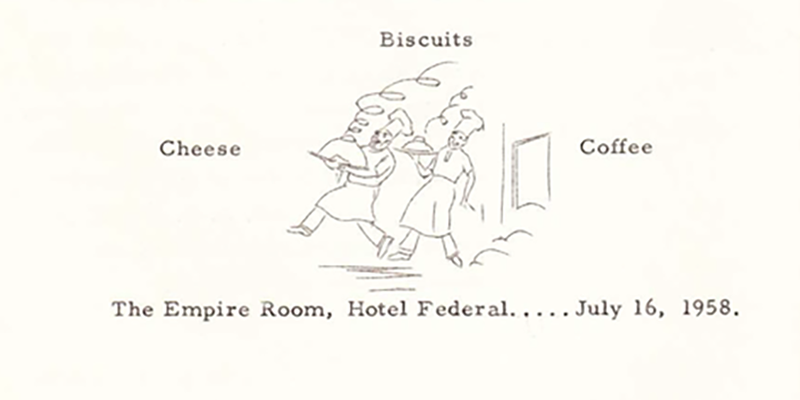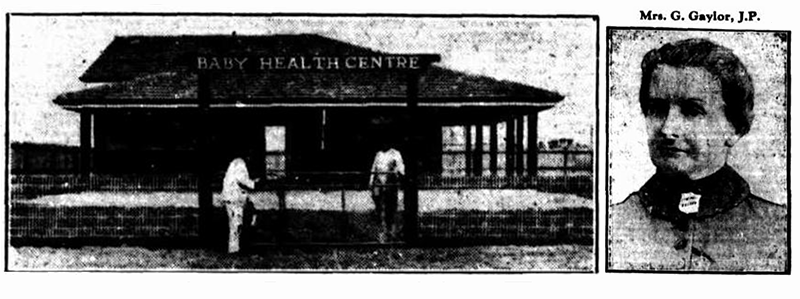Now and Then 2021- Beacon Cove Towers
Shrouded in Controversy
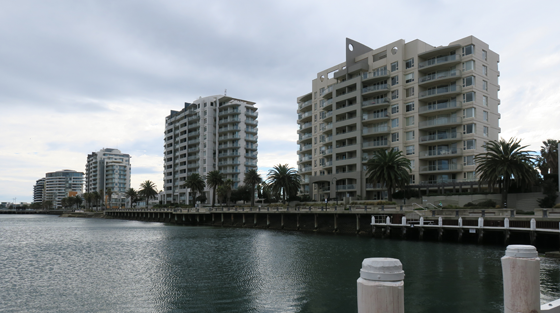
This peaceful waterfront has been a centre of controversy many times since it was first occupied by Europeans in 1836.
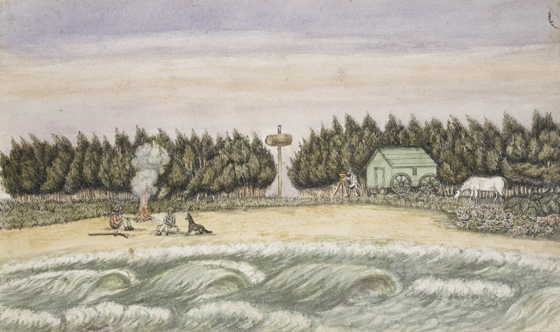
William Darke was one of the surveyors given the task of surveying the district of Port Phillip prior to the lease and sale of land to the European invaders of the lands of the owners, the Boon Wurrung people. Today this is seen as the most controversial action that ever occurred here.
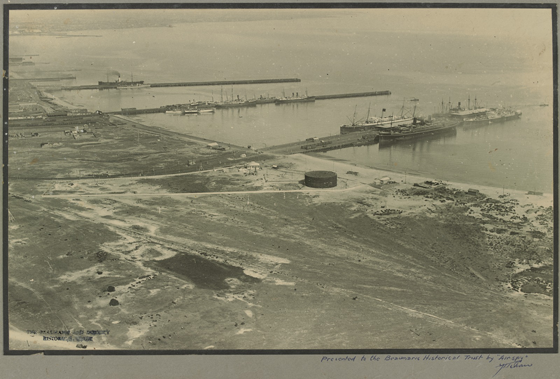
This part of Port Melbourne remained largely unused, bare and windswept. The site of the Beacon Cove Towers can be identified at the landward end of Princes Pier, the pier on the right in this photo. It was known as Hogan’s Flat and was used by shipping agents as a recruiting site for labour to load and unload ships tied up at the three piers.
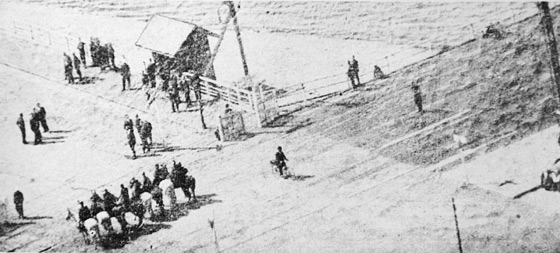
In 1928 there was a strike by Waterside workers attempting to prevent an erosion of their working conditions under a new Commonwealth labour law. On November 2nd some members of the of union assembled here intending to prevent the non-union (scab) labour from working the ships, in spite of the fact that armed police were present to prevent this happening. More moderate union leaders persuaded the men to leave but as they turned away the police fired, injuring several of the retreating men. One of those wounded, Allan Whittaker, died later in hospital.
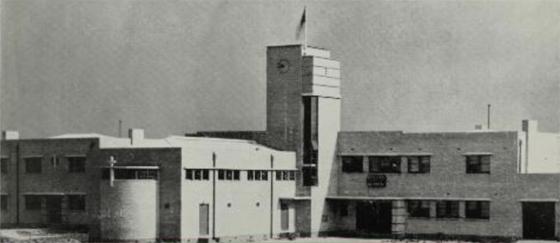
In 1934 this new building for the Mission to Seamen was opened on Beach Road. By 1980 the Mission was no longer using the building and it was home to a flourishing artists community. In spite of community objections, strongly backed by the Art Deco Society, the building was demolished to make way for the Beacon Cove development.
Timeline of Site Occupants
This area has had many occupiers since William Darke camped here in 1836. Because it is a large site it has often had more than one occupier at the same time.
1836: Surveyor, William Darke
1854: Railway Reserve and Workshops
1924: Leading Lights erected (now known as The Beacons)
1928: Hogan’s Flat, recruitment site for waterside labour
1930s: Airstrip
1934: Mission to Seamen
1940: Fuel storage tanks
1970s: Degraded site where it was proposed to build a series of canals as basis for a housing estate
1996: Leased to Mirvac to construct Beacon Cove
Railway Workshops
The Hobson’s Bay Railway Company built the first steam railway line in Australia that ran from Flinders Street in the city to Port Melbourne in 1854. Initially it terminated at the high water mark but when Railway Pier was completed in 1856 it ran onto the pier where ships could be loaded directly from the freight trains. At the terminus on Hobson’s Bay the company was granted a 100 metres wide reserve of land on which they established workshops to service the engines. Some local businessmen were very angry at this gift of free land when they were forced to buy their land.
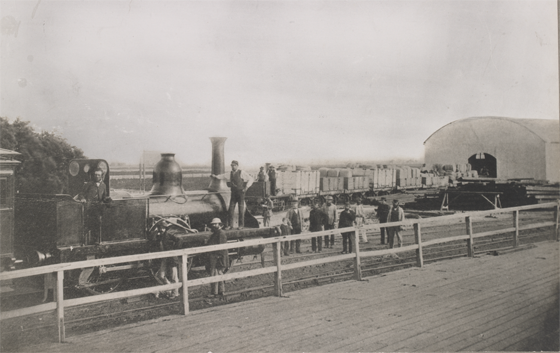
From 1901 these workshops were gradually transferred to Yarraville and the site remained vacant.
Princes Pier
A new pier was slowly built and opened to shipping in 1915 in time to be used for World War I troop embarkation. It was known as New Railway Pier until the visit of Edward, Prince of Wales, in 1920 after which it became Princes Pier. The last time it was used for visiting vessels was in 1988 when a fleet of tall ships sailed around Australia as part of our bicentennial celebrations.
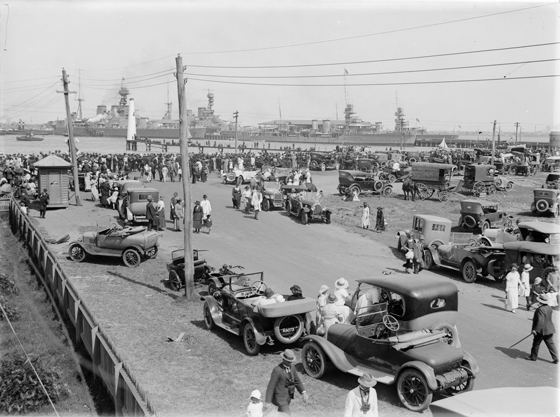
In March 1924 a British navy fleet consisting of the warships HMS Hood and HMA Repulse along with their escorts HMS Delphi and HMS Danae made an official visit to Melbourne berthing at Princes Pier. These two photographs of the crowd that descended on Port to see the ships were taken where the Beacon Cove towers stand today.
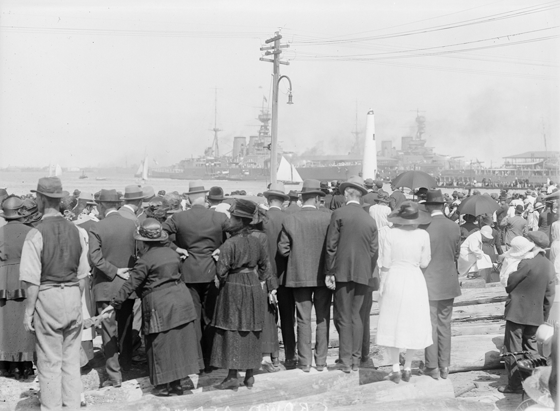
The Beacons
The two structures we call The Beacons were erected in 1924 as navigational aids for ships docking at Station Pier and were officially known as Leading Lights. The one in the water used to be linked to the shore by a narrow bridge to give easy access for maintenance. Before ships made the turn into Station Pier, to dock there, the navigator lined up the lights from the two beacons to identify the main channel.
This article is based on one of the panels that formed the Now and Then Exhibition of the Port Melbourne Historical & Preservation Society in 2021. The original panel can be seen here.

